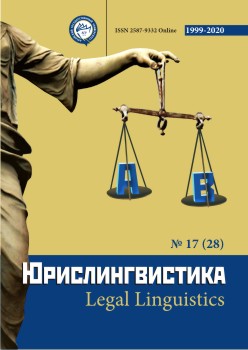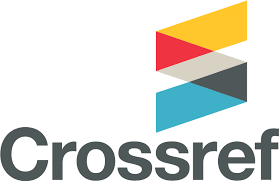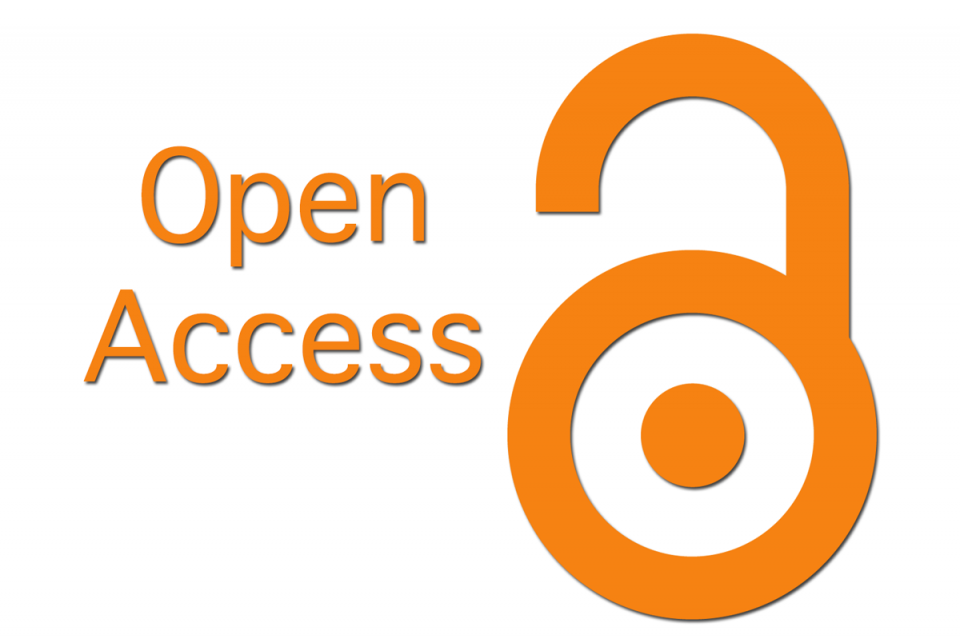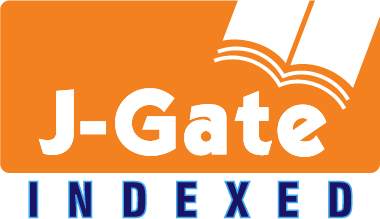Deliberate Distortion of Written Speech as a Subject of Authorship Expertise
Abstract
The article offers generalized practice of text authorship expertise where texts are compiled with deliberate distortion of written speech. The definition of the concept of "disguise of written speech" is given, its types are described. The article cpecifies the subject and objectives of the authorship expertise within this category of cases. It also describes the diagnostic signs of distorted written language. The conclusion has been reached that common signs of distortion are either complex formations of contradicting traditional common signs, or they combine certain particular signs into groups, where presence of at least one of them is mandatory in any distorted text. There are also methods described to help identify signs of distorted written language.
Downloads
Metrics
References
Вул С.М. Возможности использования статистических методов при криминалистическом исследовании письменной речи. Теоретические и методические вопросы криминалистического исследования письменной речи. Методическое пособие. М., 1977.
Вул С.М. Корреляционная зависимость количеств языковых ошибок в письменной речи русского монолингва / Тезисы VII Всесоюзного симпозиума по психолингвистике и теории коммуникации. М., 1982. C. 63-64.
Гомон Т.В. Экспериментальное исследование языковых структур статистическими методами / Криминалистика и судебная экспертиза. Вып. 37. Киев, 1988. С. 63-66.
Гомон Т.В., Горошко Е.И. К вопросу о возможности судебно-автороведческого исследования текстов с деформированной структурой / Криминалистика и судебная экспертиза. Вып. 40. Киев, 1990. С. 64-68.
Горошко Е.И. Особенности мужского и женского стиля письма / Гендерный фактор в языке и коммуникации : Сб. науч. трудов МГЛУ. – М., 1999. – Вып. 446. – С. 44-60.
Грасмик Л.В. Установление автора текстов интернет-коммуникаций при умышленном искажении признаков письменной речи. / Актуальные проблемы Российского права. – № 2. – 2011. – с. 401-408.
References
Vul, S.M. (1977). Possibilities of using statistical methods in forensic research of written speech. Theoretical and methodological issues of forensic research of written speech. Mosсow (in Russian).
Vul, S.M. (1982). Correlation dependence of the number of language errors in the written speech of the Russian monolingual. Abstracts of the VII All-Union Symposium on Psycholinguistics and Communication Theory. Mosсow (in Russian).
Gomon, T.V.(1988). Experimental study of language structures by statistical methods. Forensic science and forensic examination. Issue 37. Kiev (in Russian).
Gomon, T.V., Goroshko, E.I. (1990). On the question of the possibility of forensic authorship research of texts with a deformed structure. Criminalistics and forensic examination. Issue 40. Kiev (in Russian).
Goroshko, E.I. (1999). Features of male and female writing style. Gender factor in language and communication: Sat. scientific. works of MSLU. Issue. 446. Mosсow (in Russian).
Grasmik, L.V. (2011). Establishment of the author of texts of Internet communications in case of deliberate distortion of the signs of written speech. Actual problems of Russian law. No. 2. Mosсow (in Russian)
Copyright (c) 2020 Тамара Изотова

This work is licensed under a Creative Commons Attribution 4.0 International License.
The authors, which are published in this journal, agree to the following conditions:
1. Authors retain the copyright to the work and transfer to the journal the right of the first publication along with the work, at the same time licensing it under the terms of the Creative Commons Attribution License, which allows others to distribute this work with the obligatory indication of the authorship of this work and a link to the original publication in this journal .
2. The authors retain the right to enter into separate, additional contractual agreements for the non-exclusive distribution of the version of the work published by this journal (for example, to place it in the university depository or to publish it in a book), with reference to the original publication in this journal.
3. Authors are allowed to post their work on the Internet (for example, in a university repository or on their personal website) before and during the review process of this journal, as this may lead to a productive discussion, as well as more links to this published work (See The Effect of Open Access).











